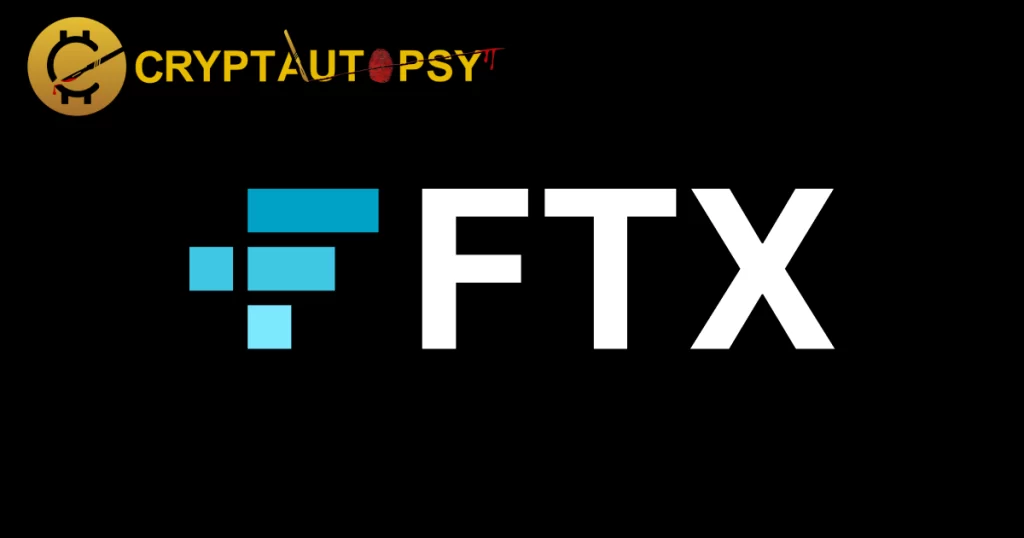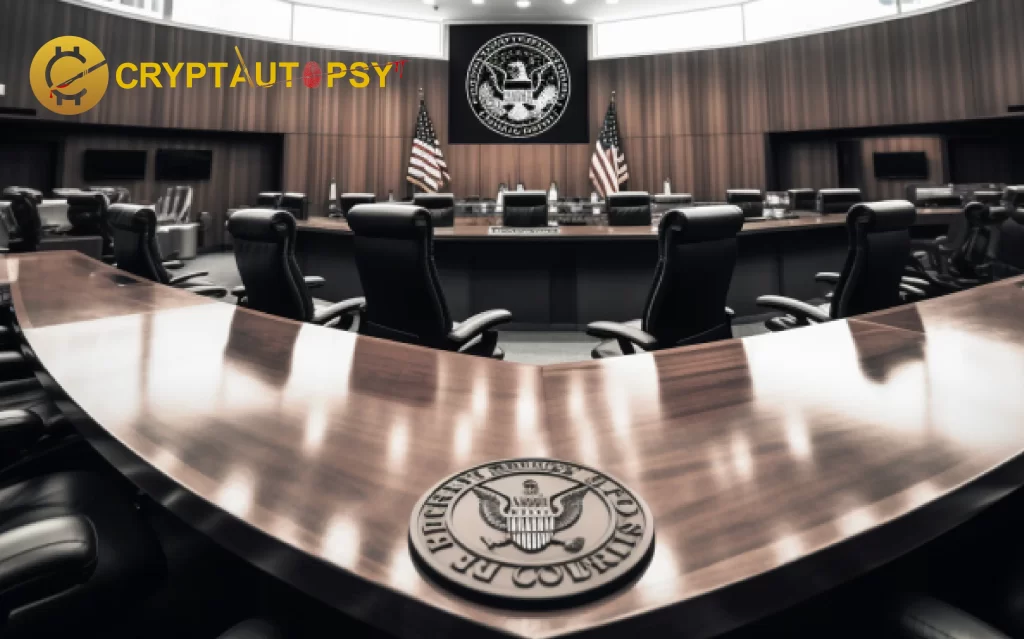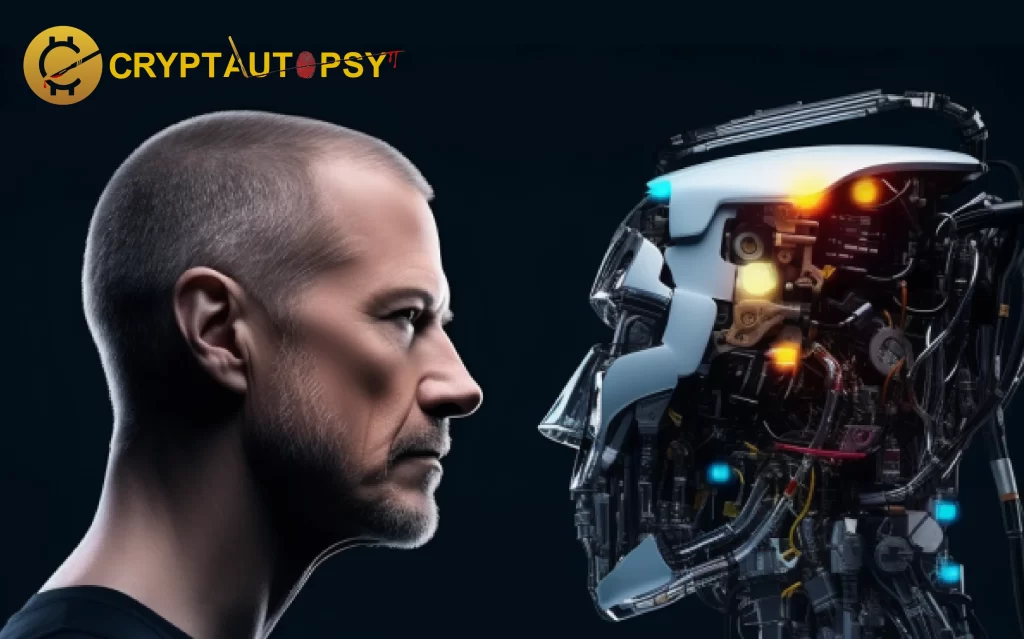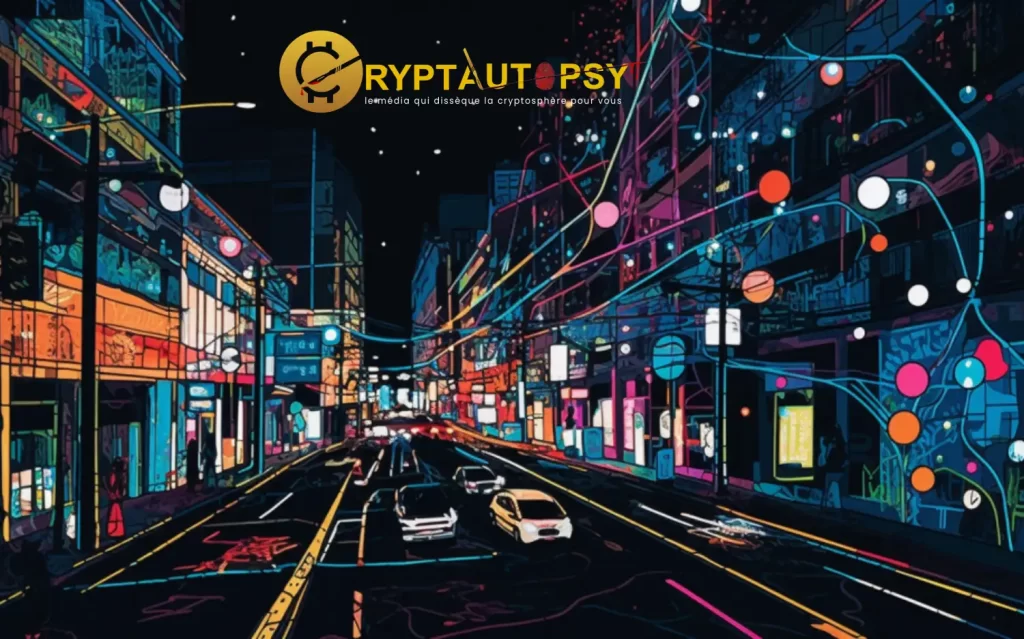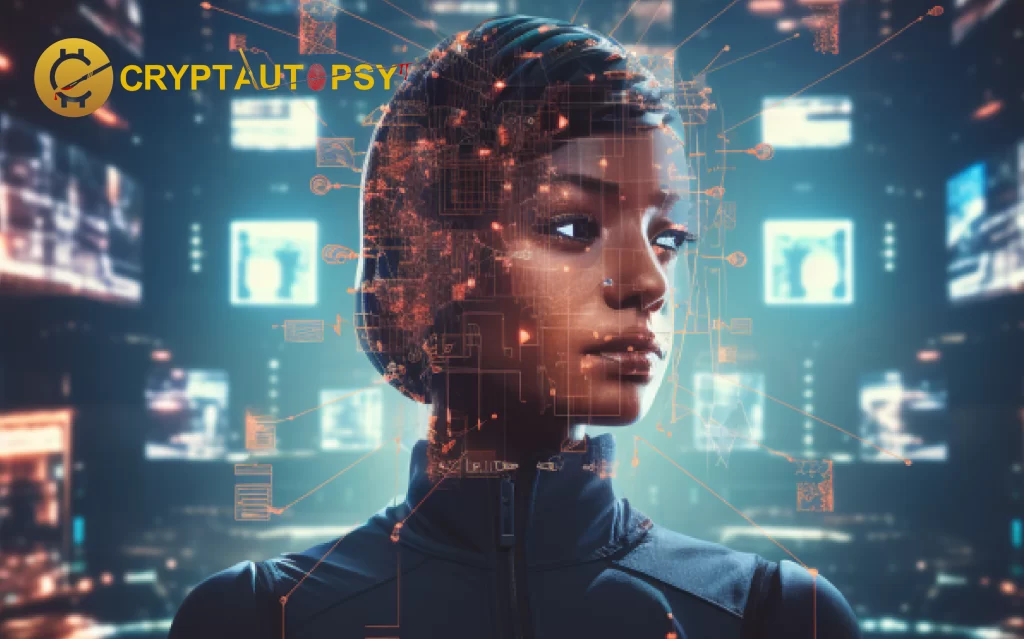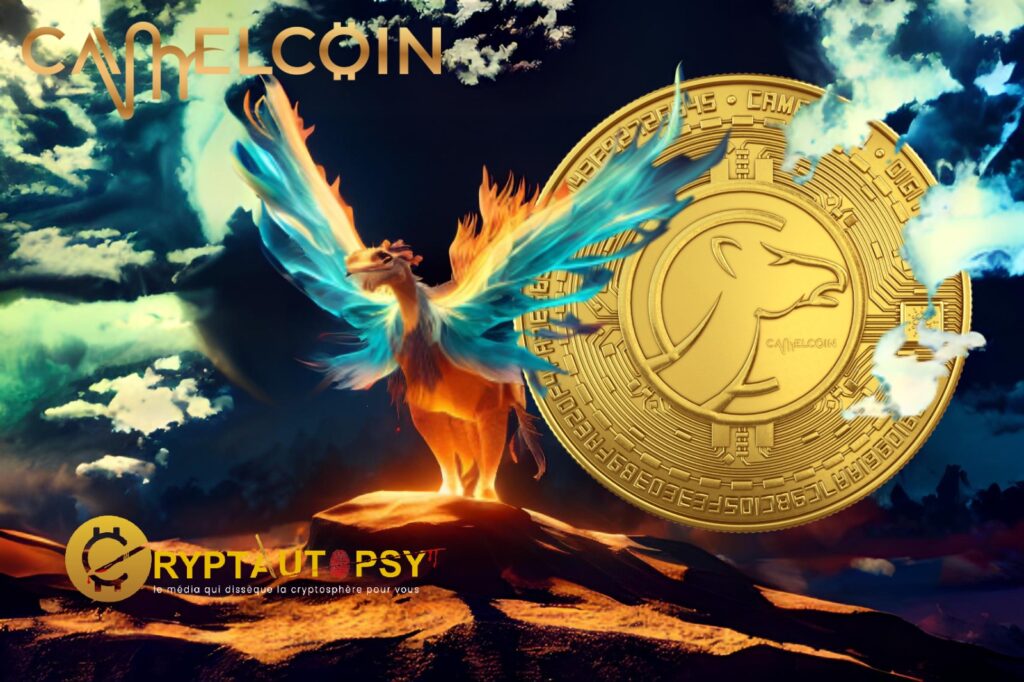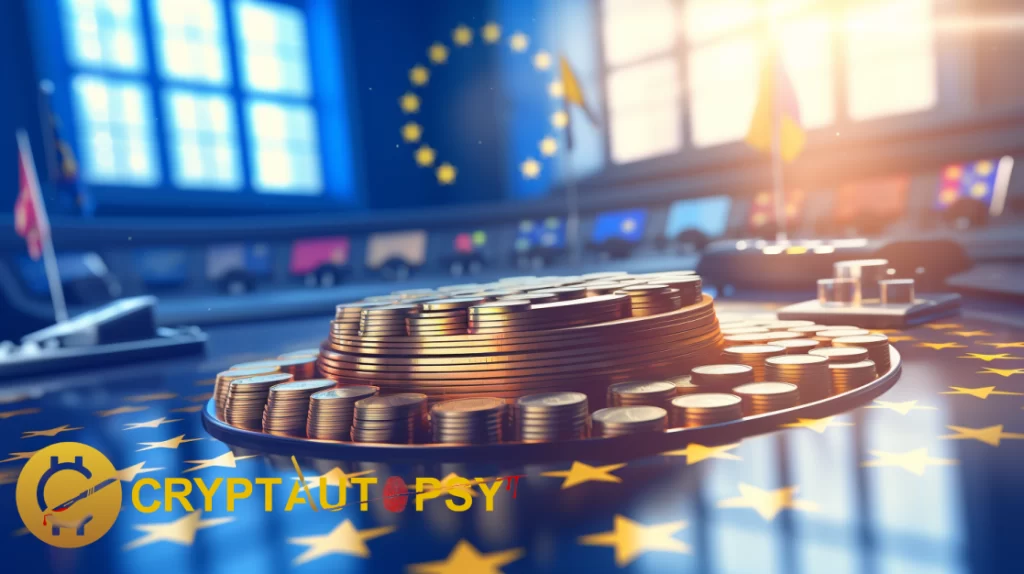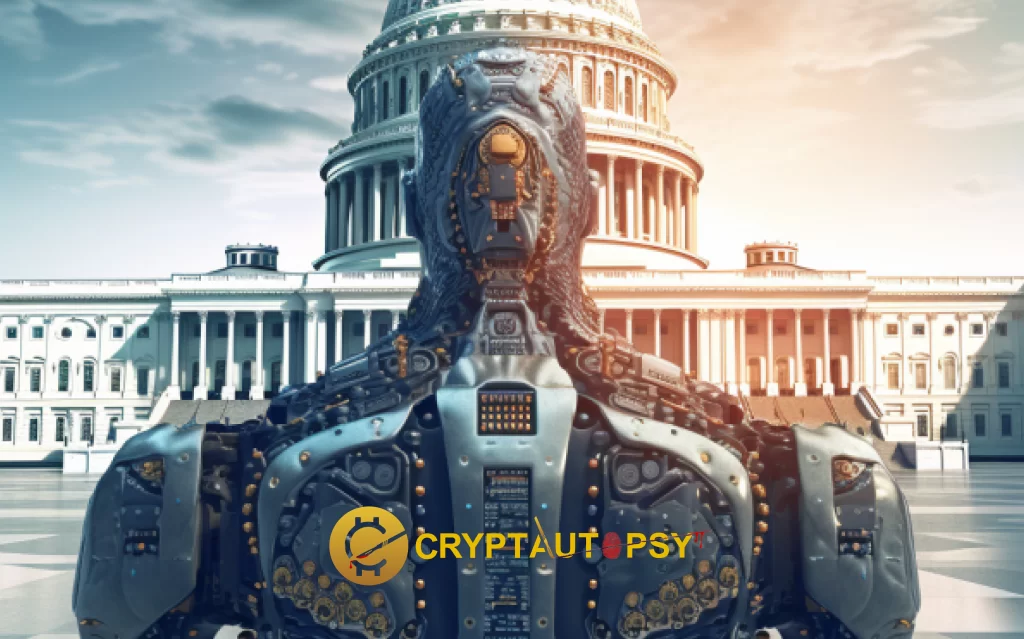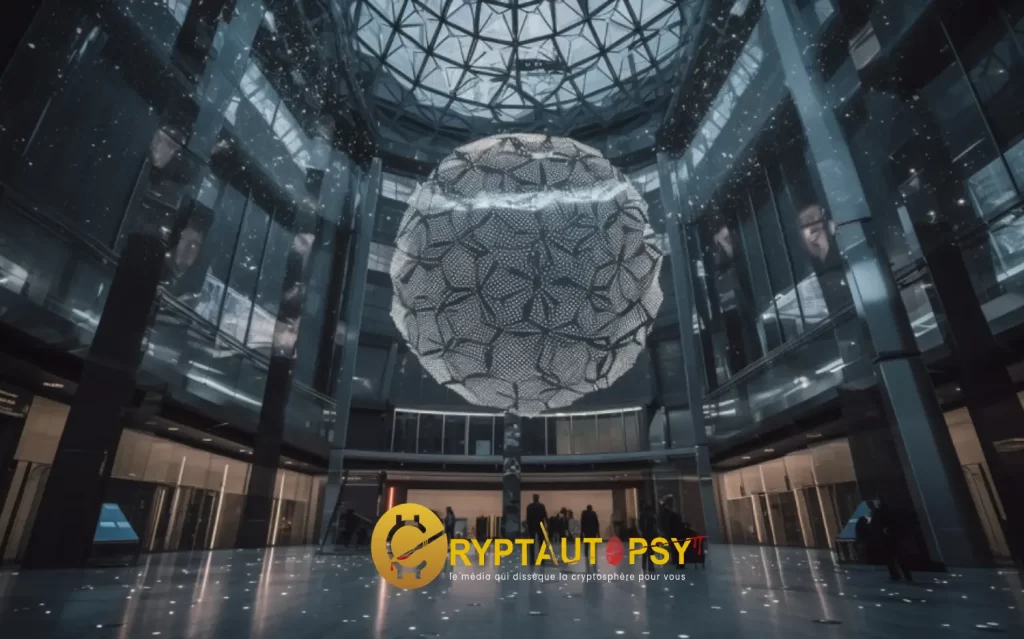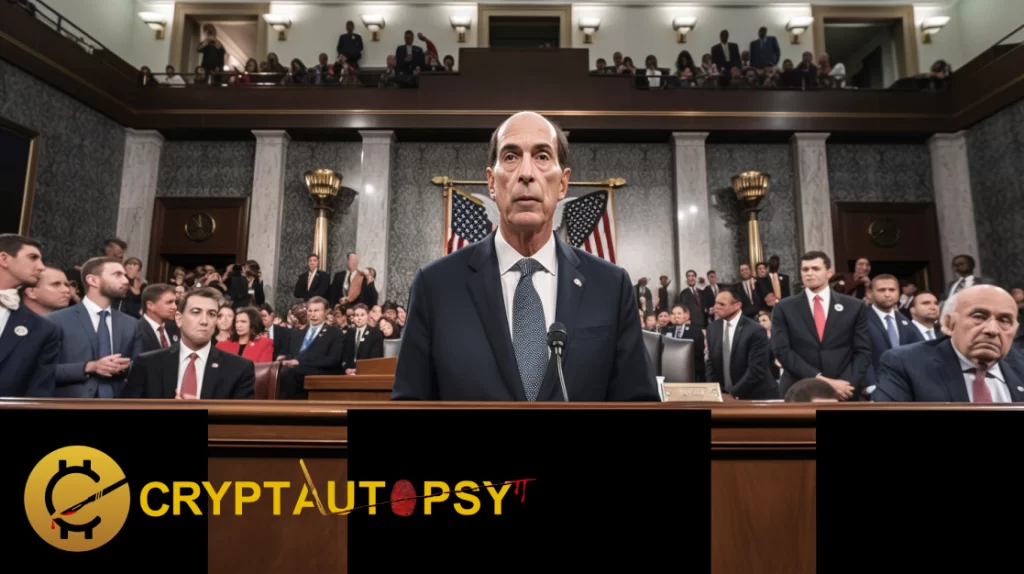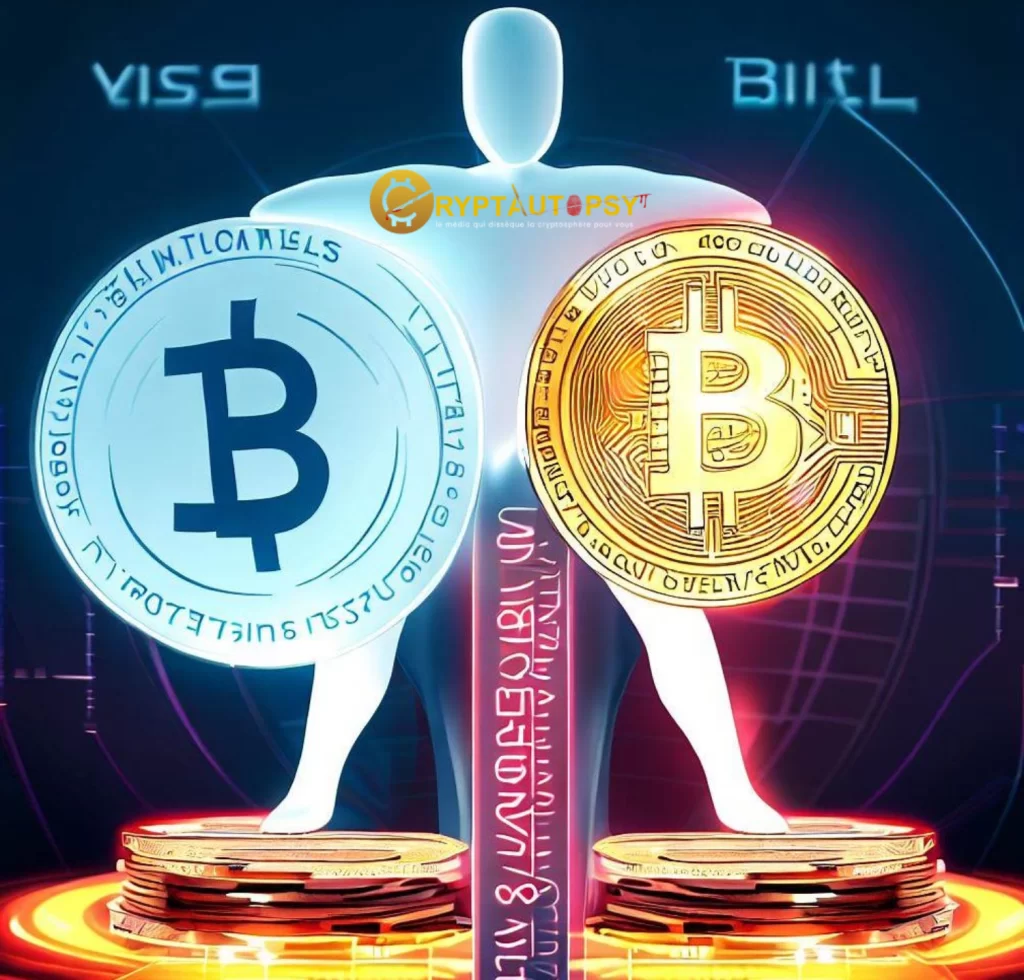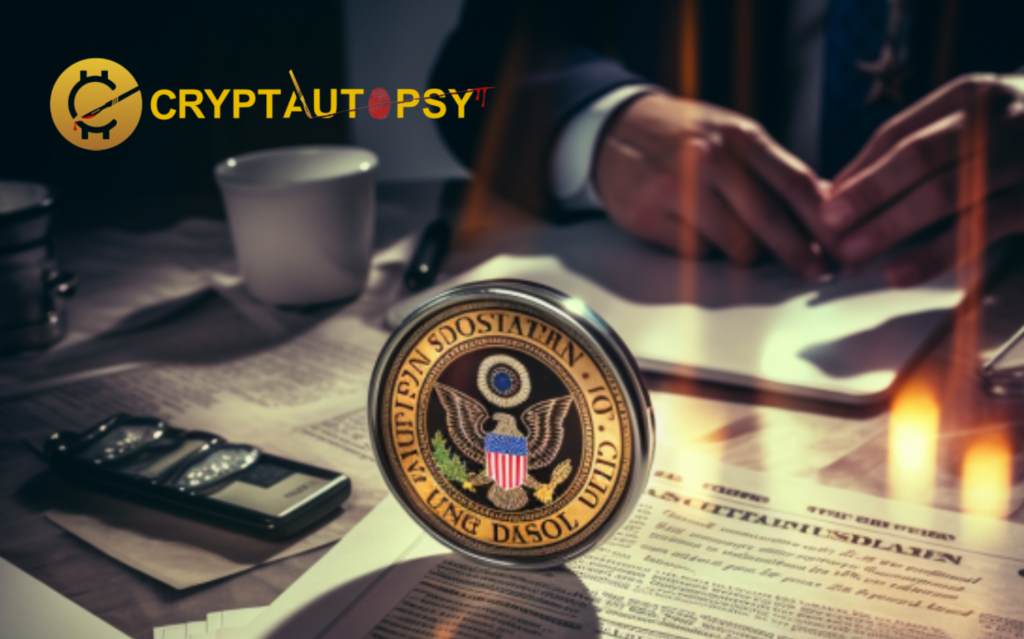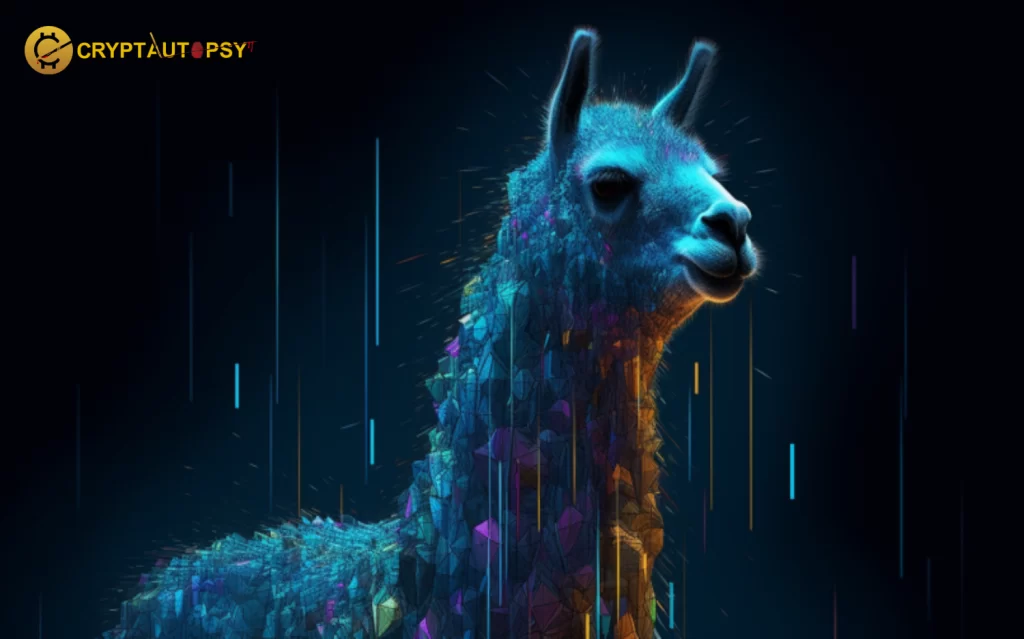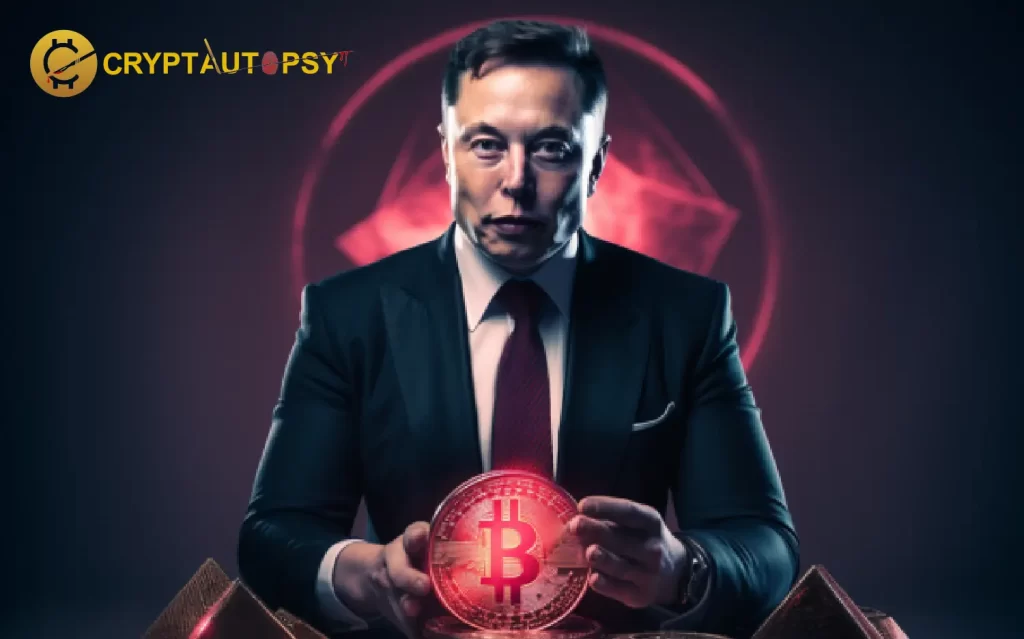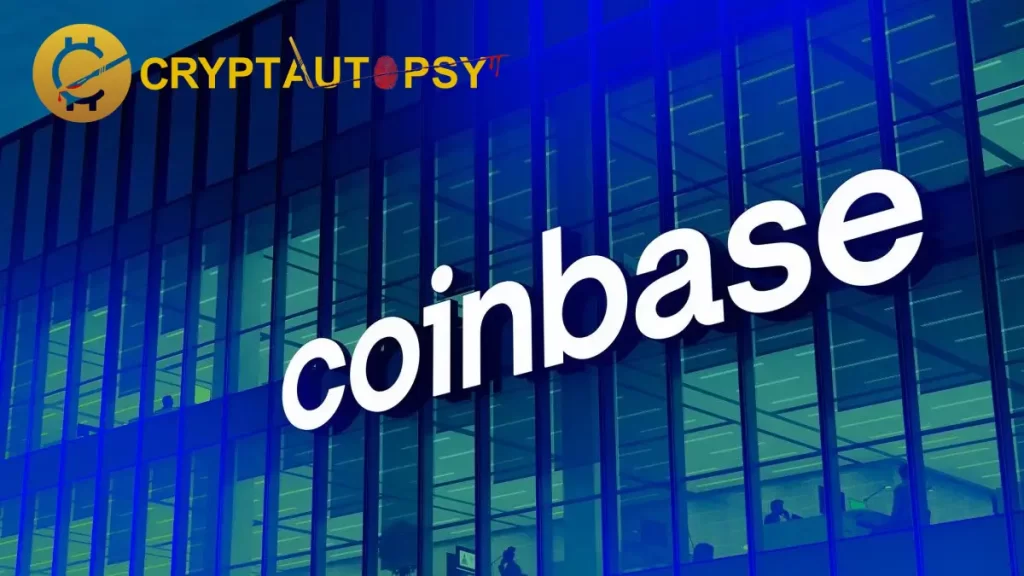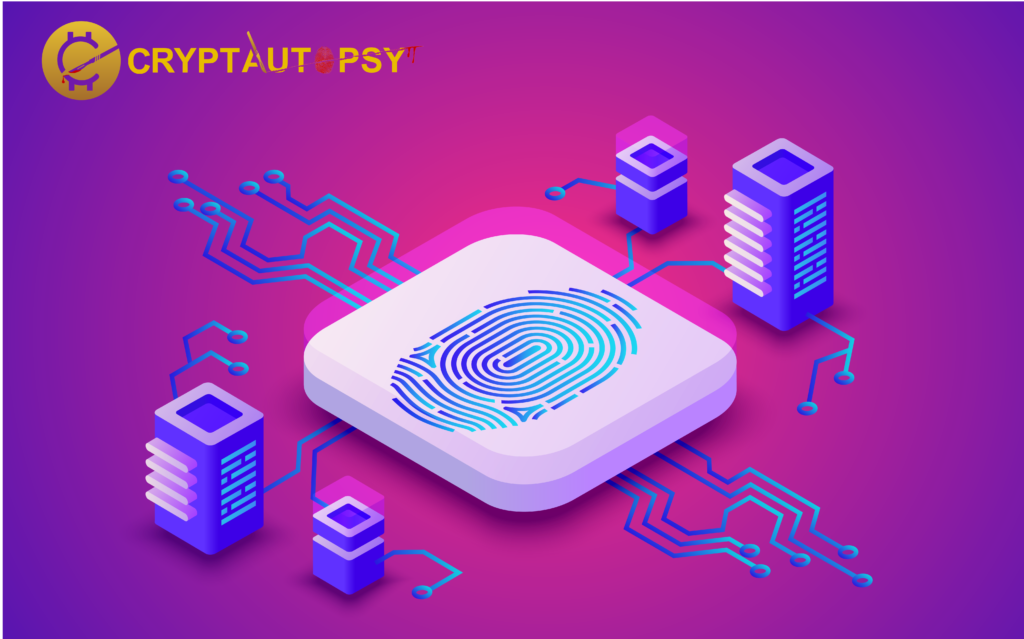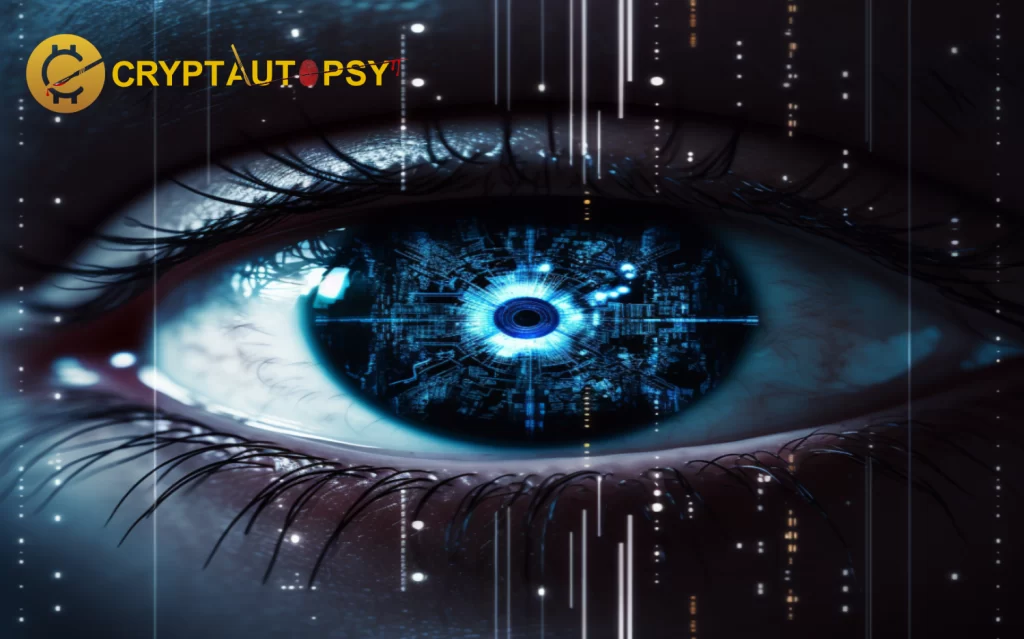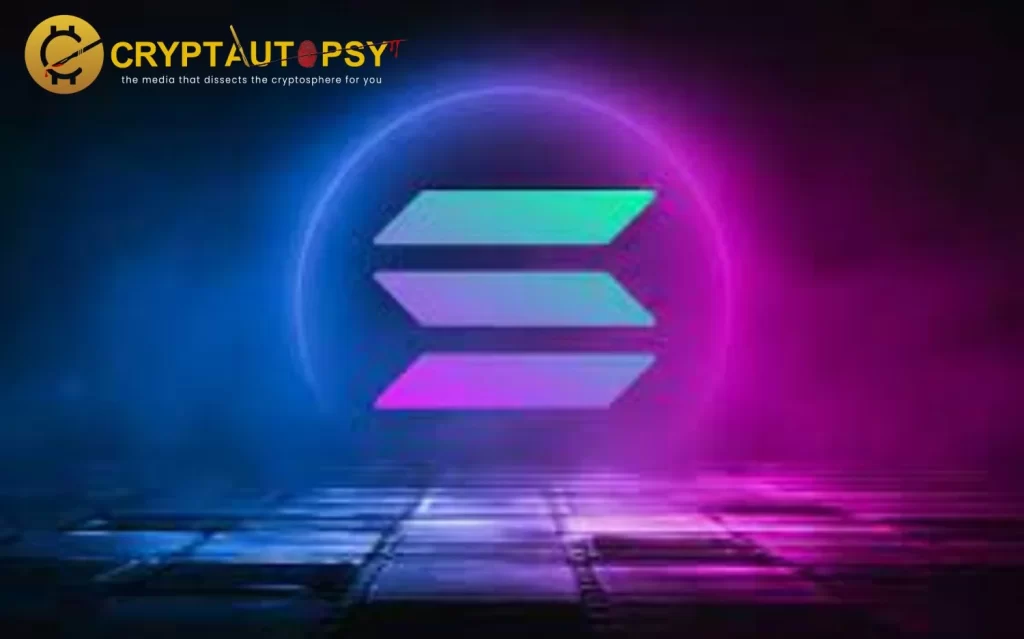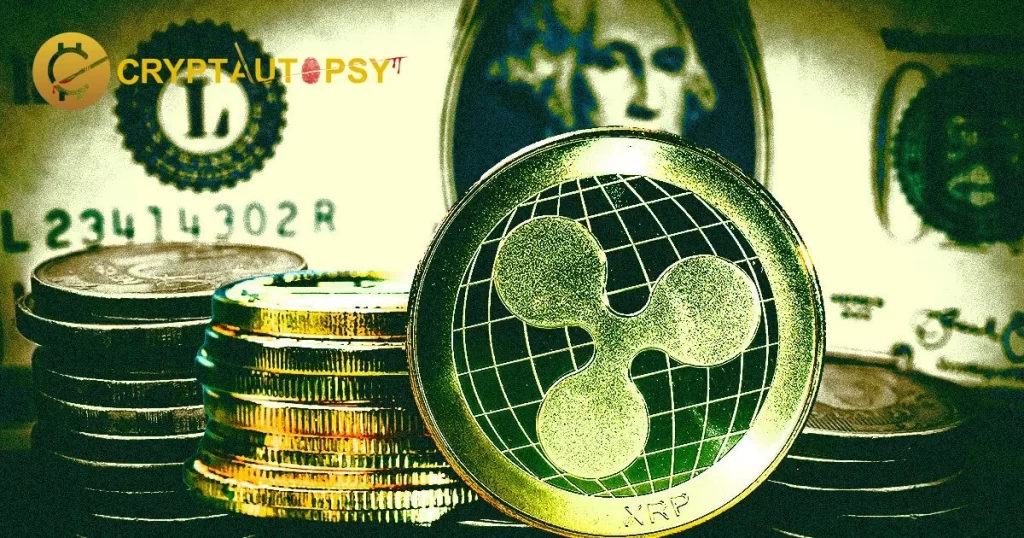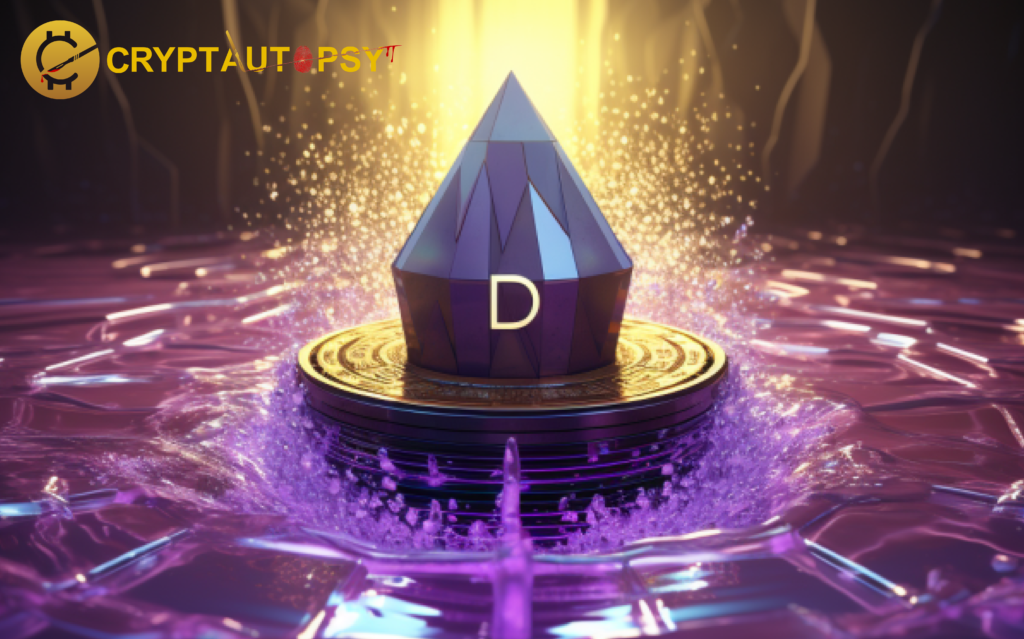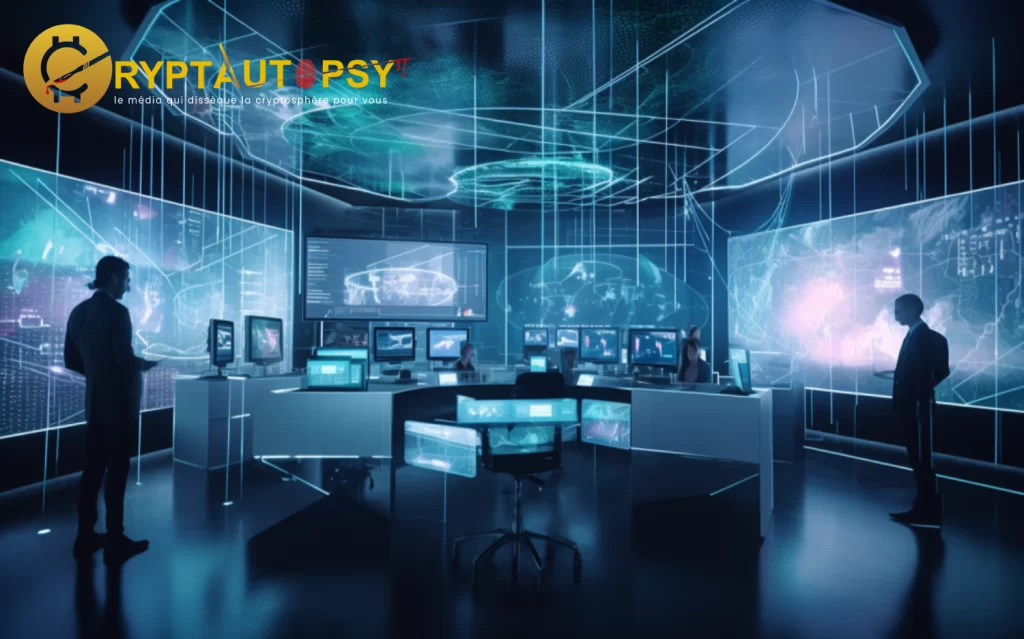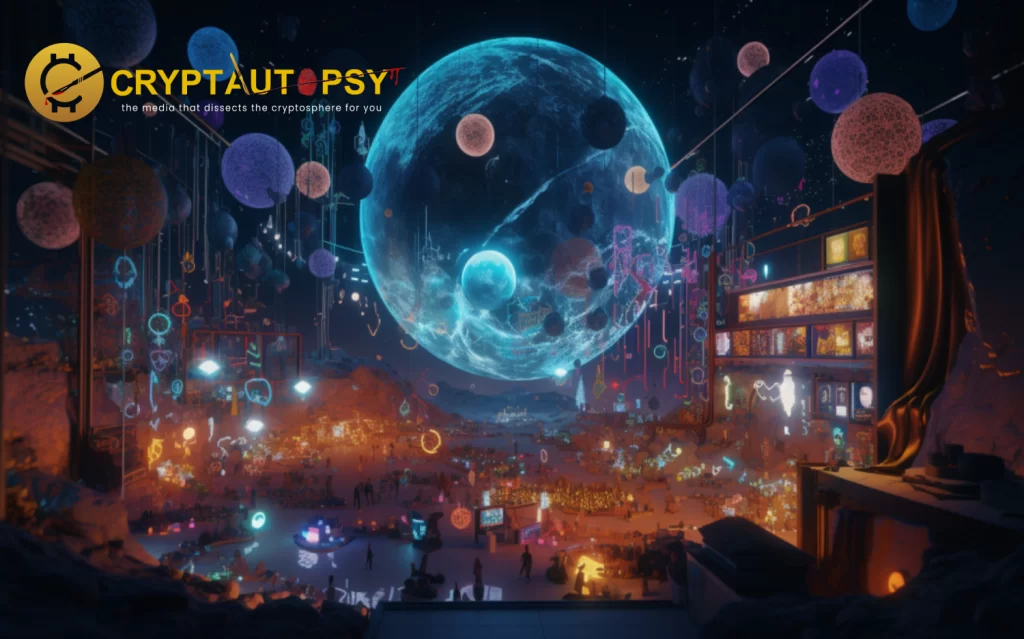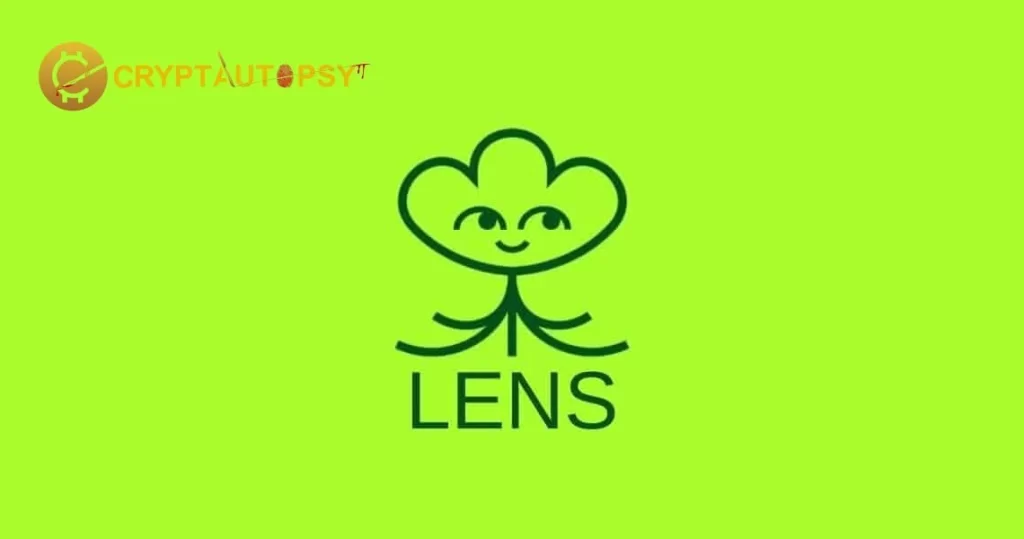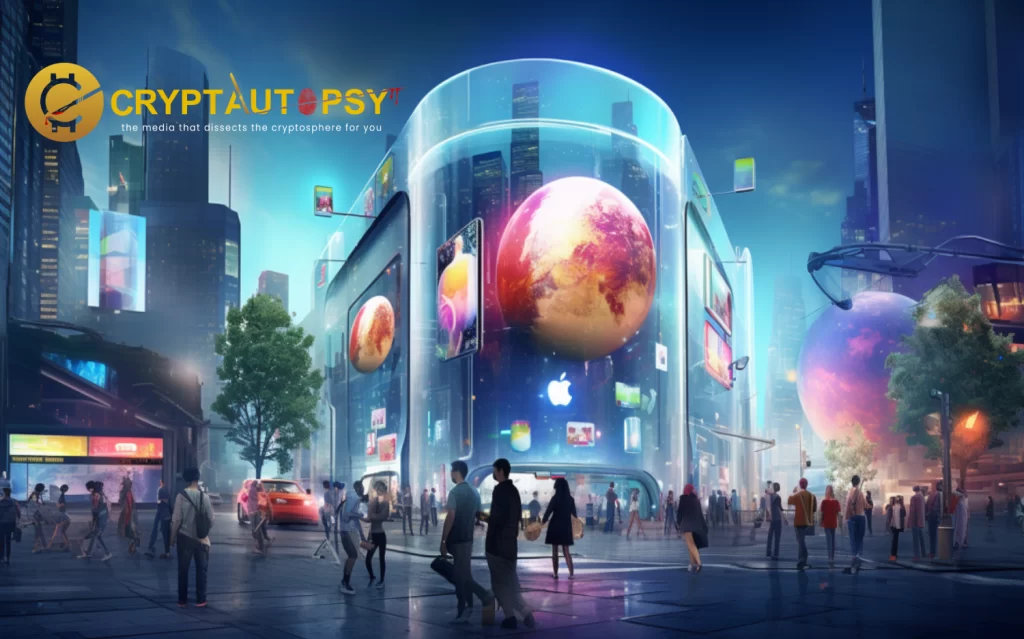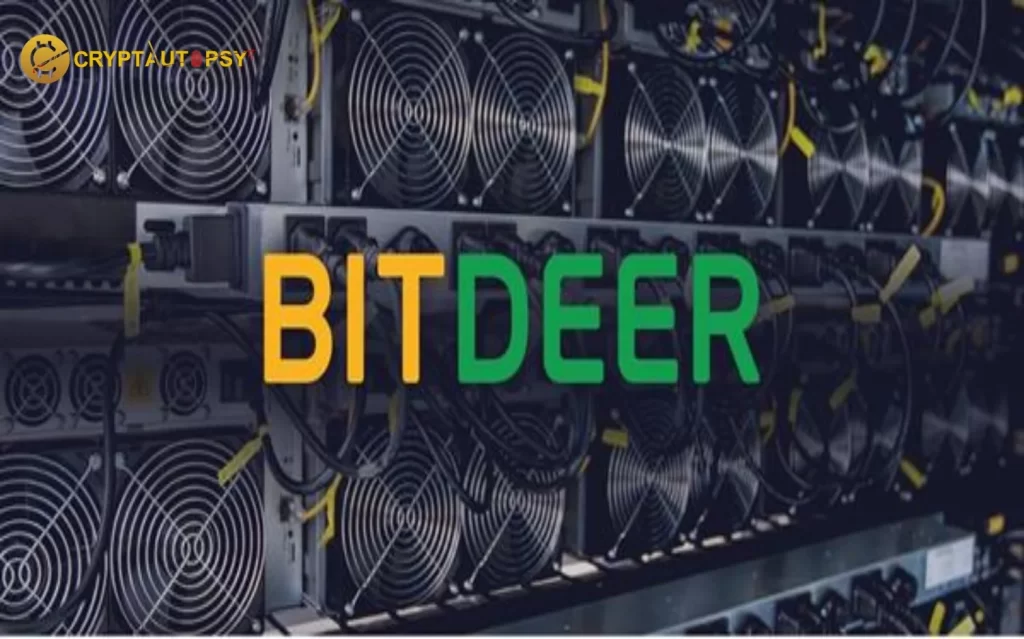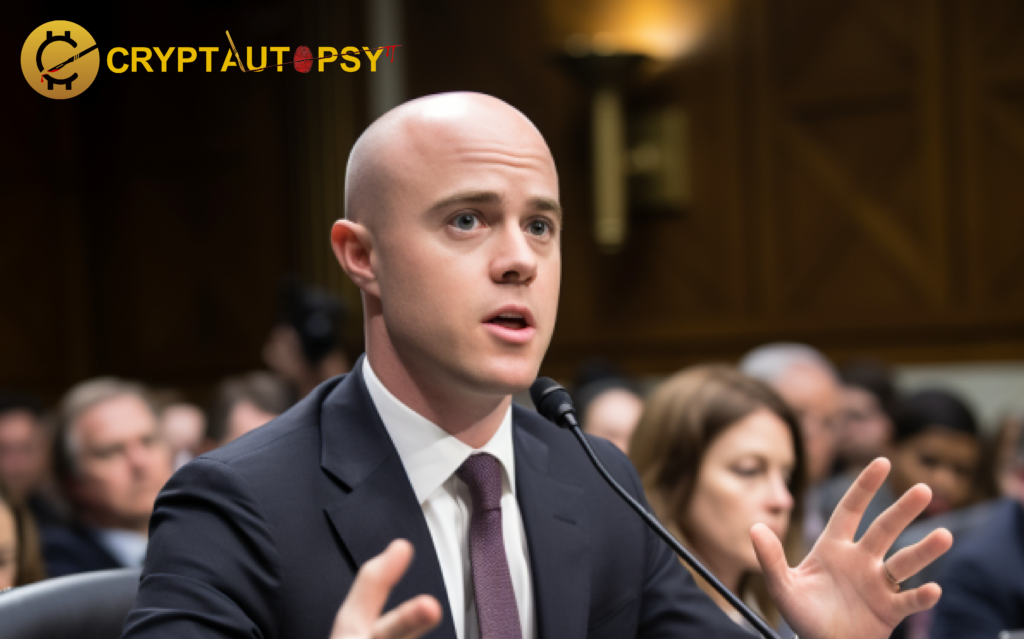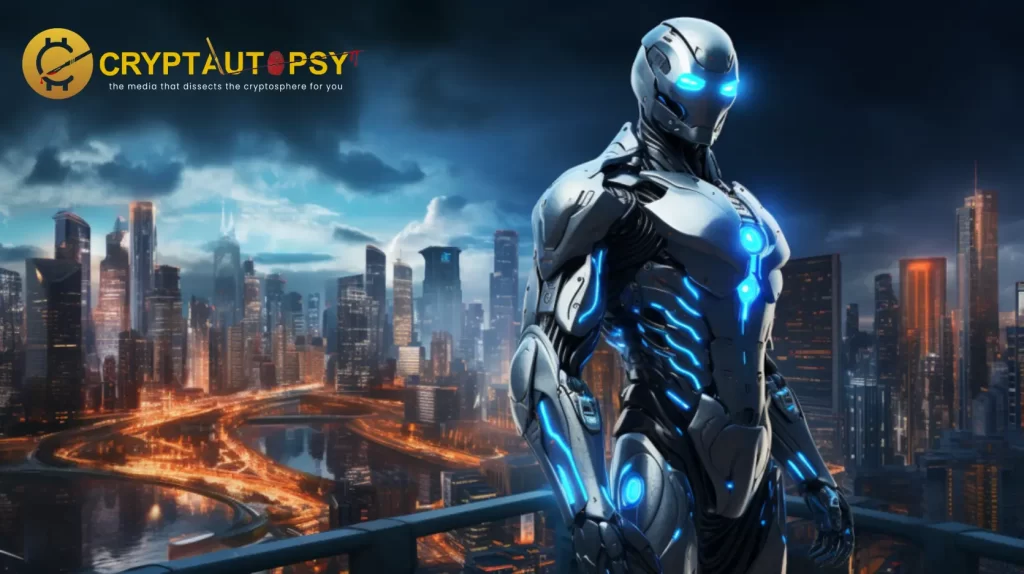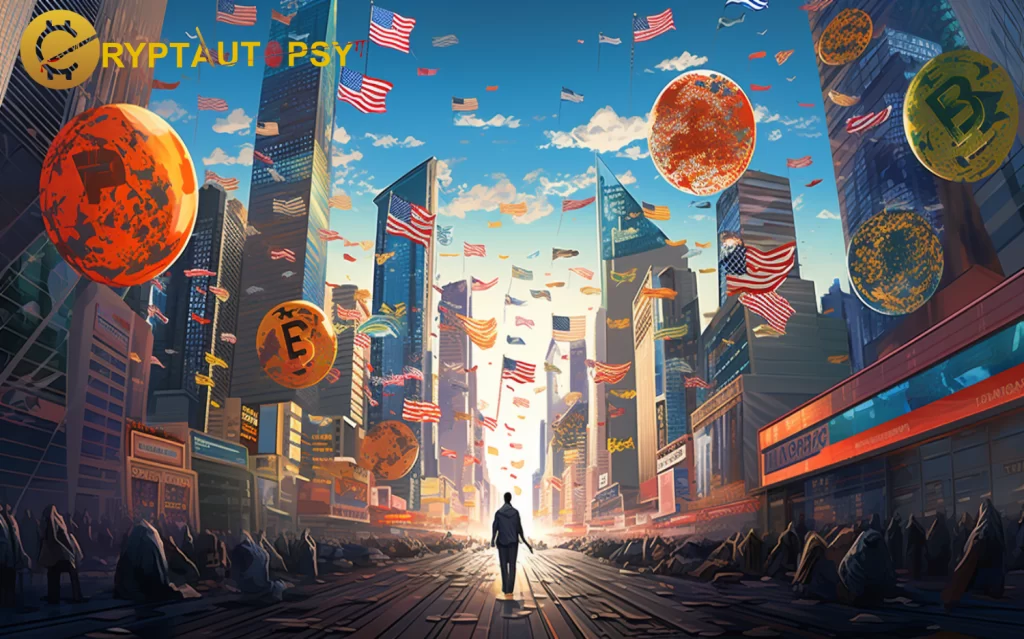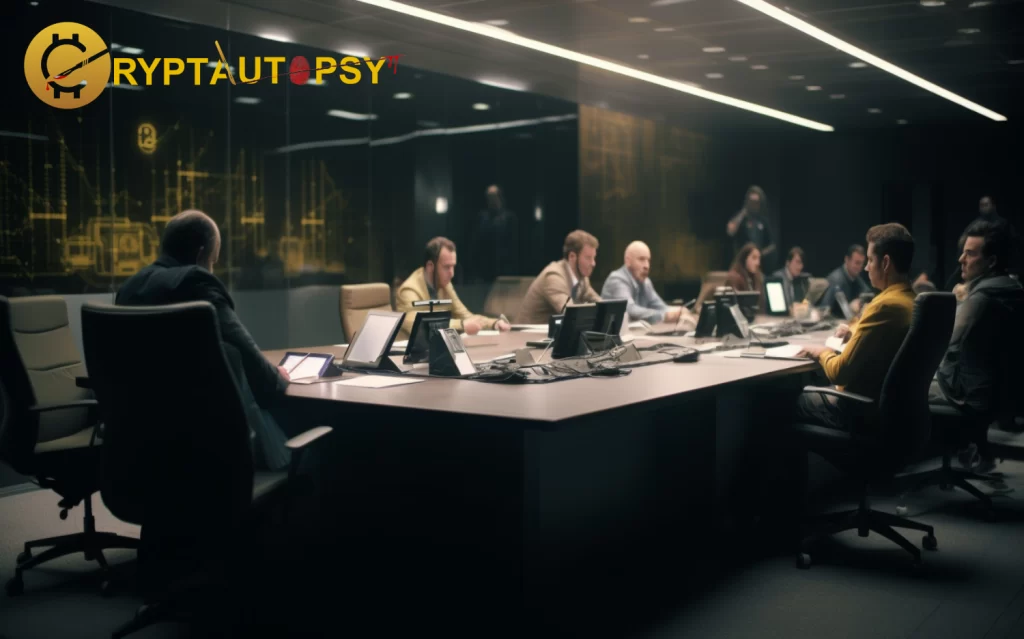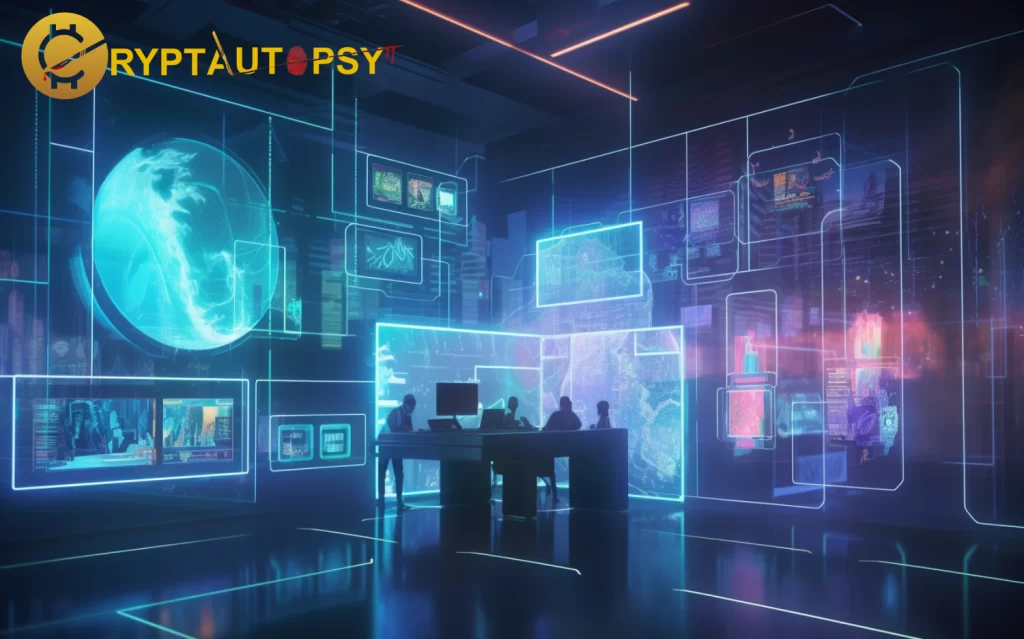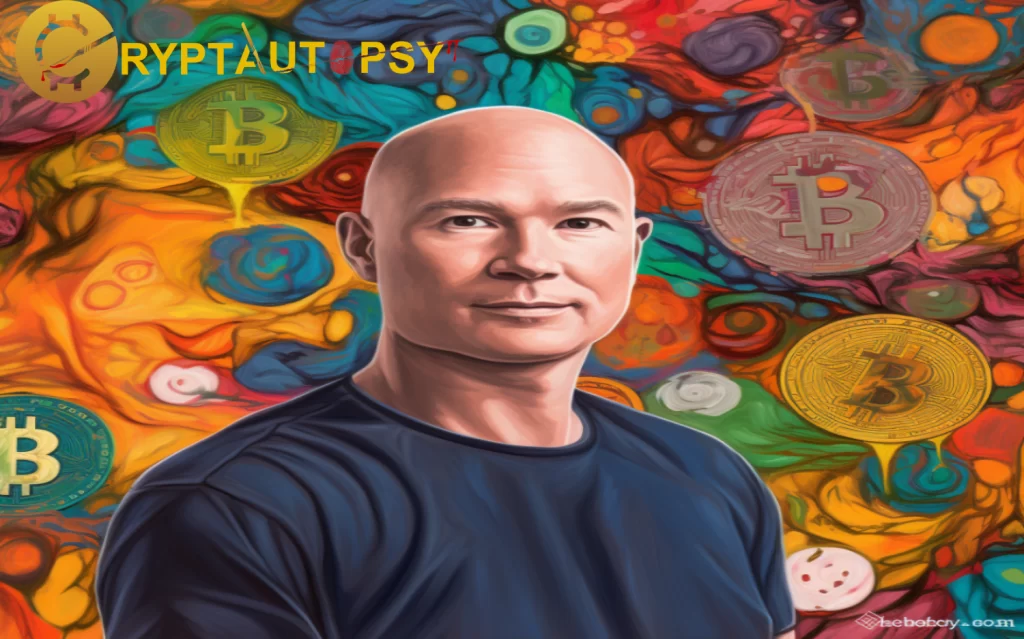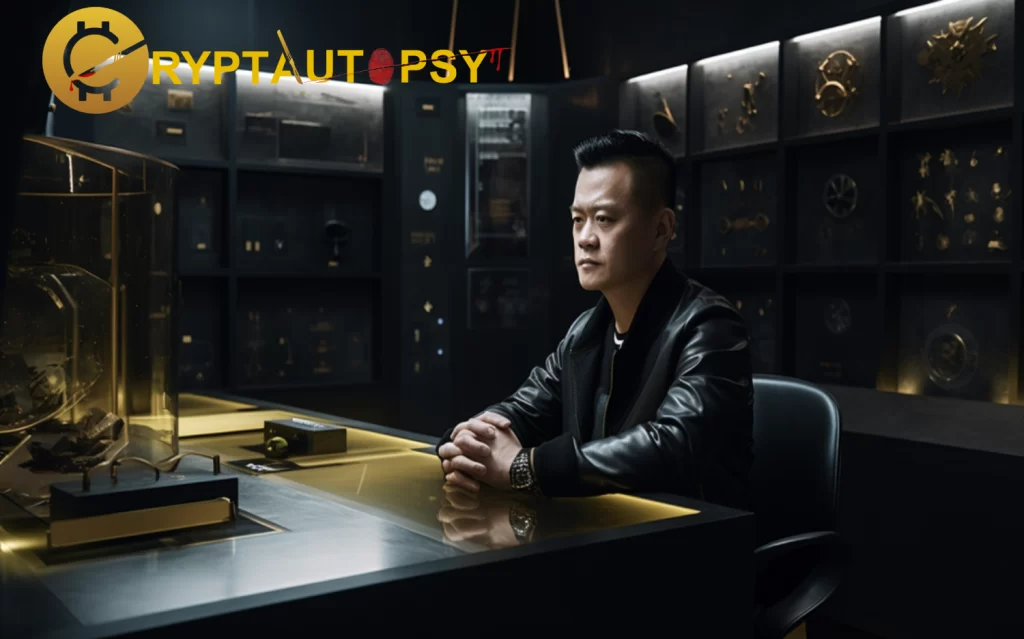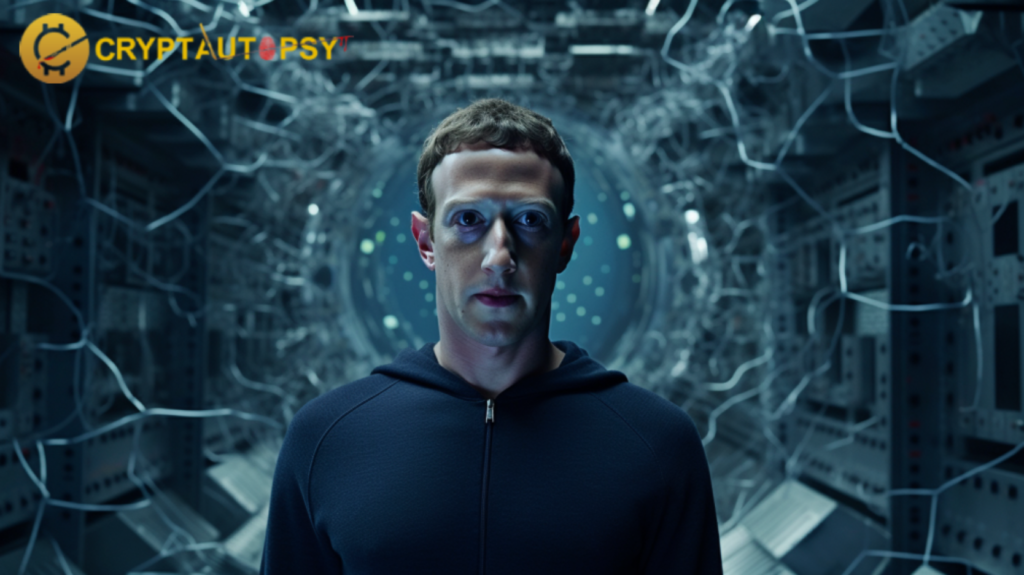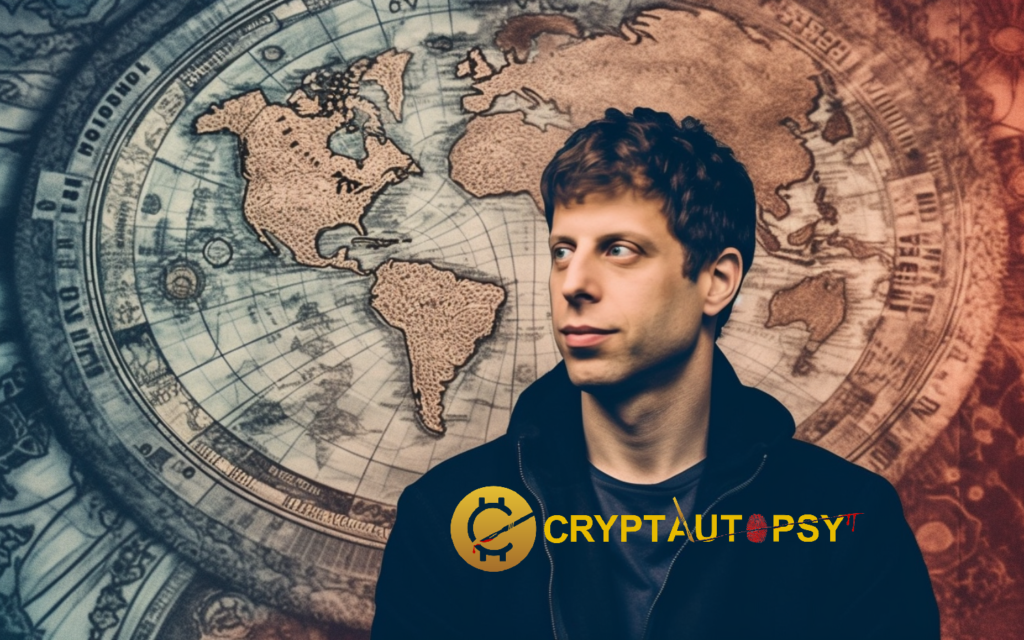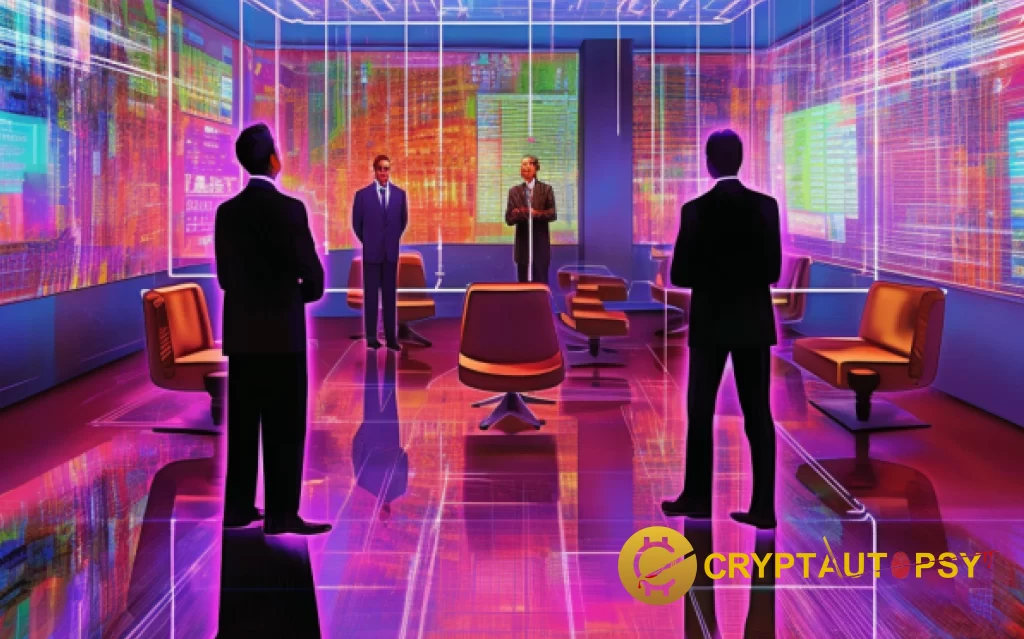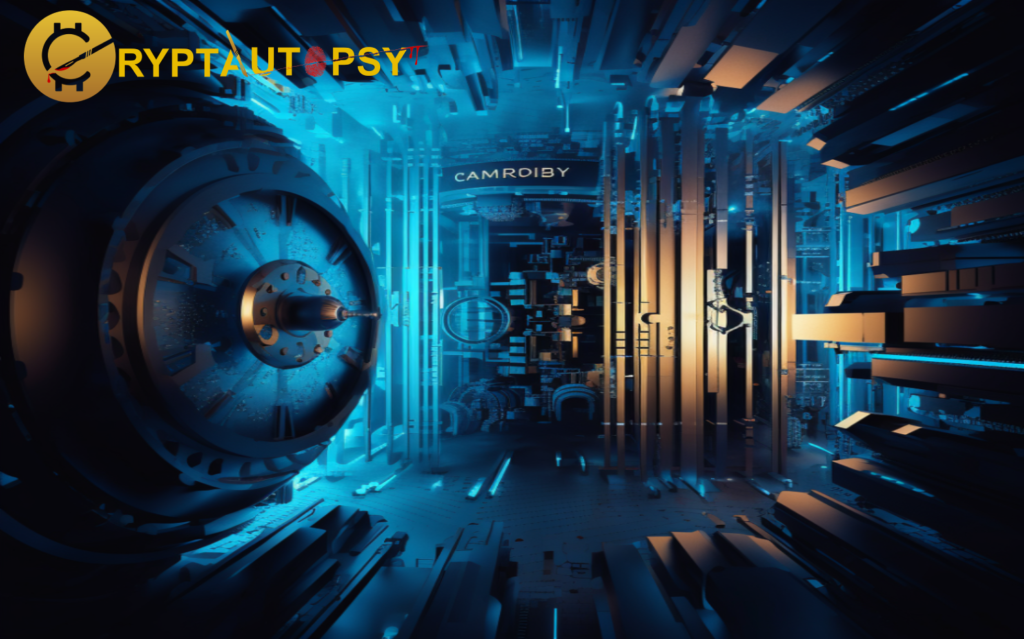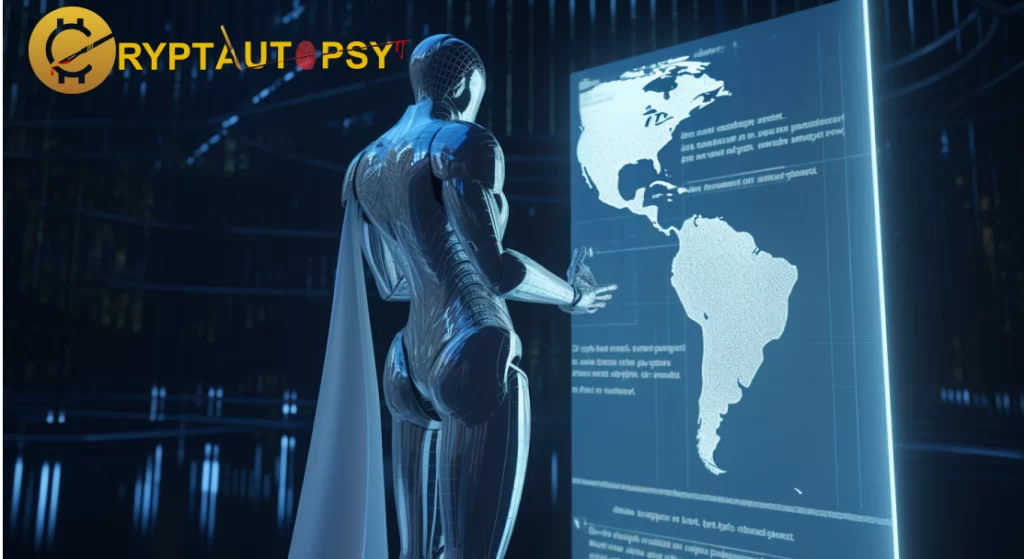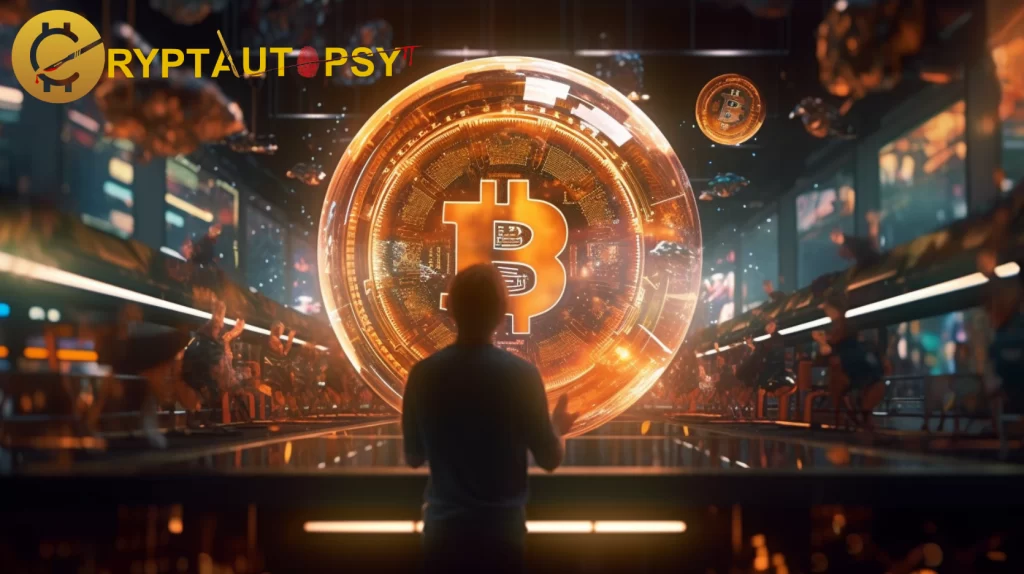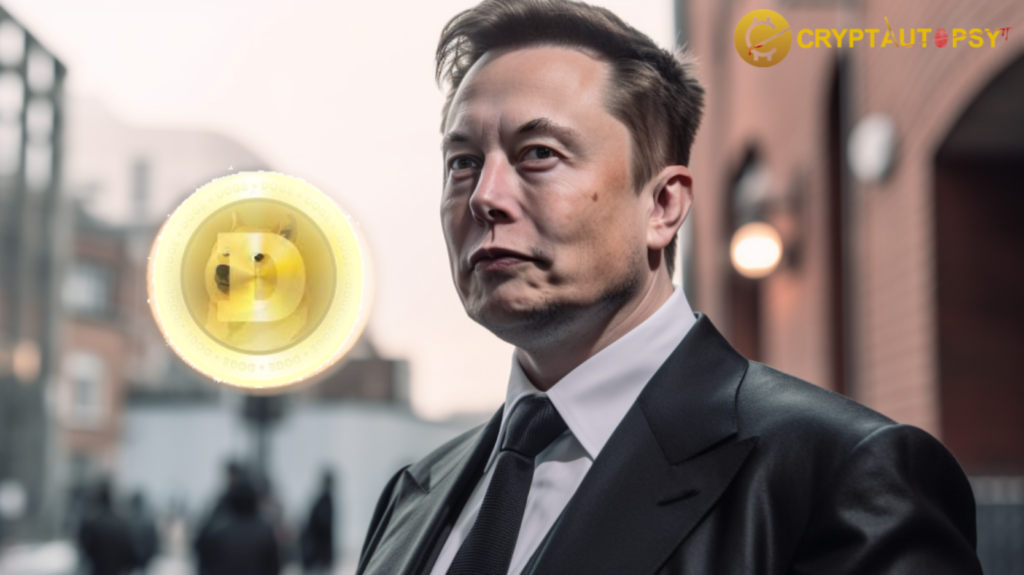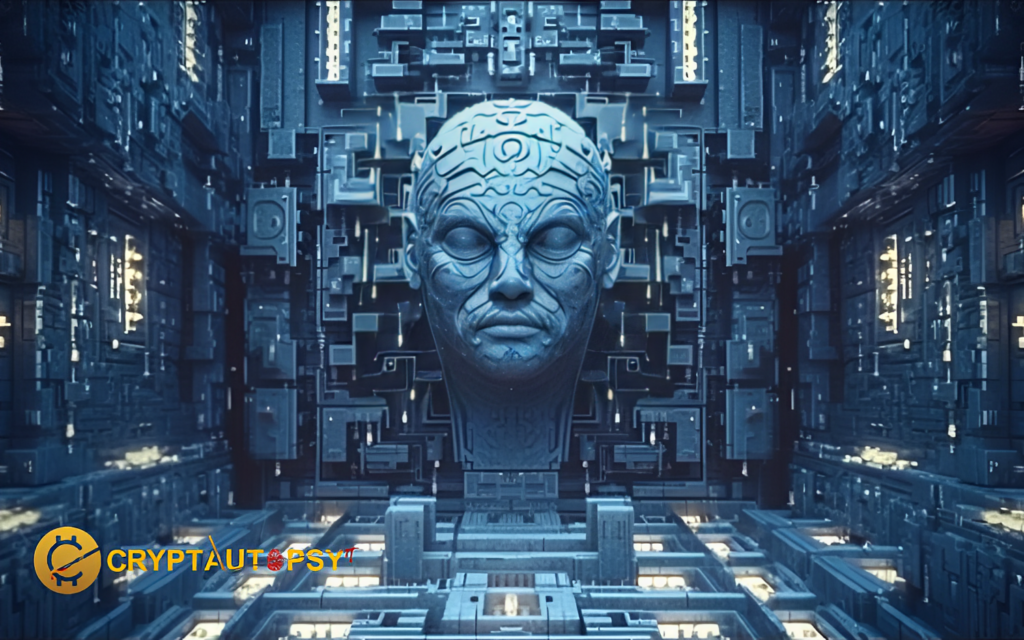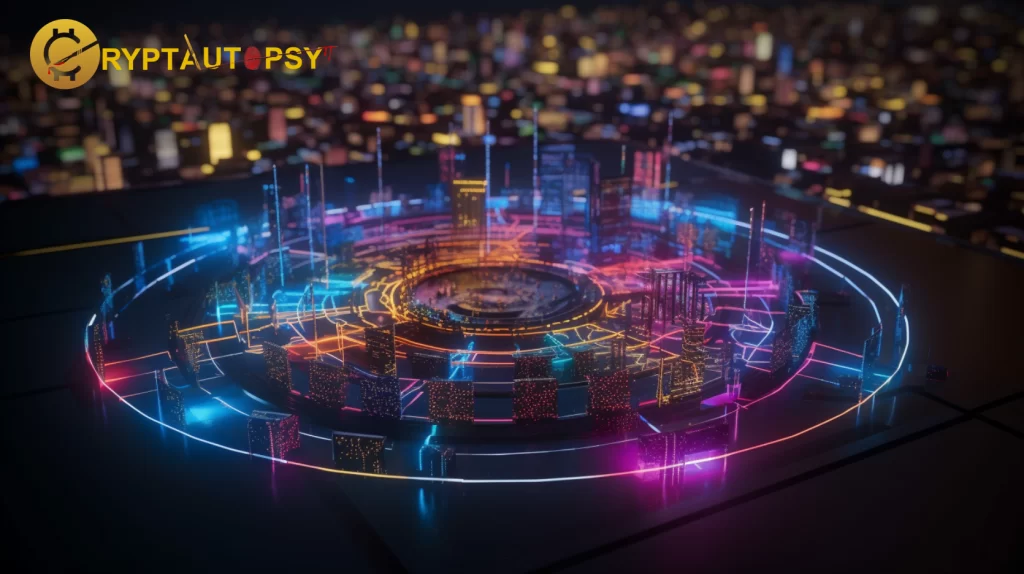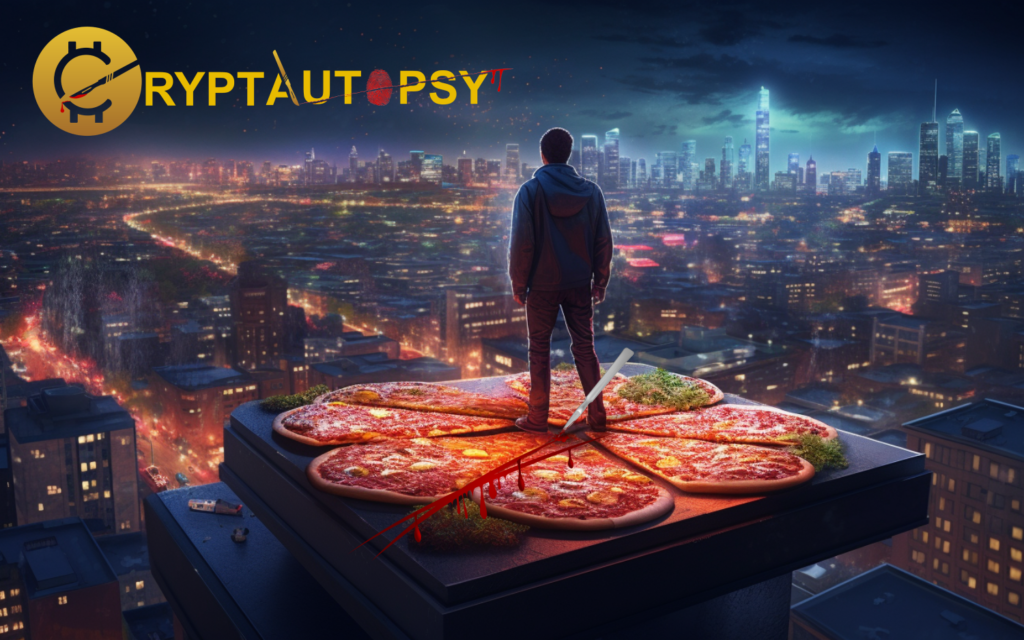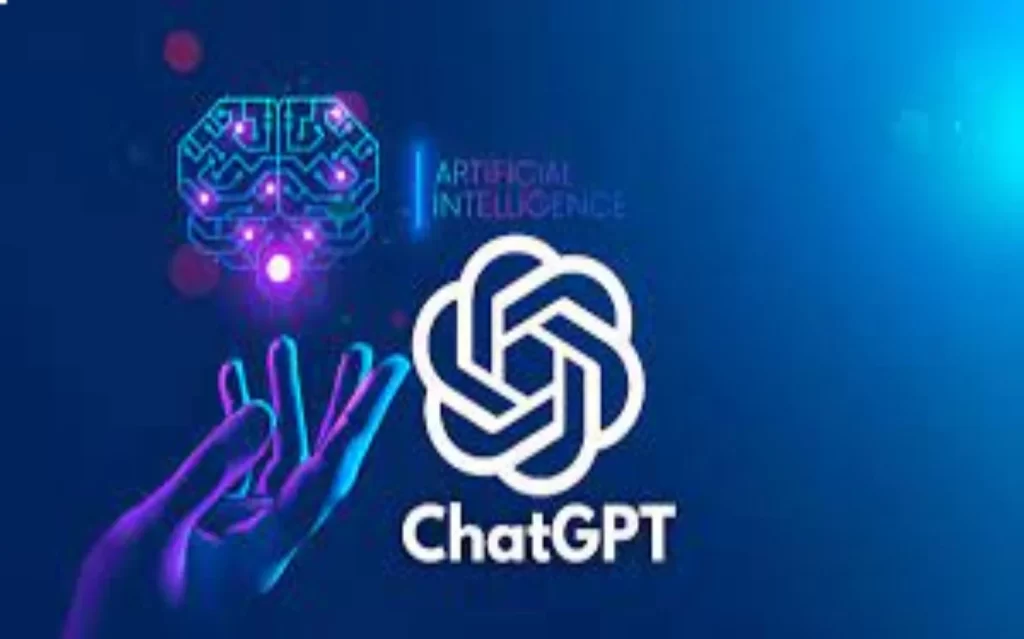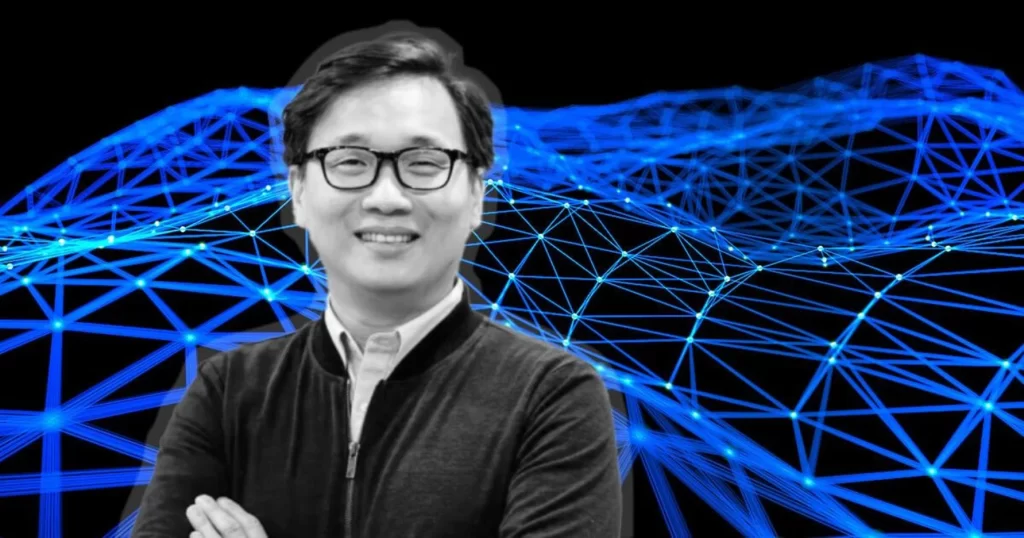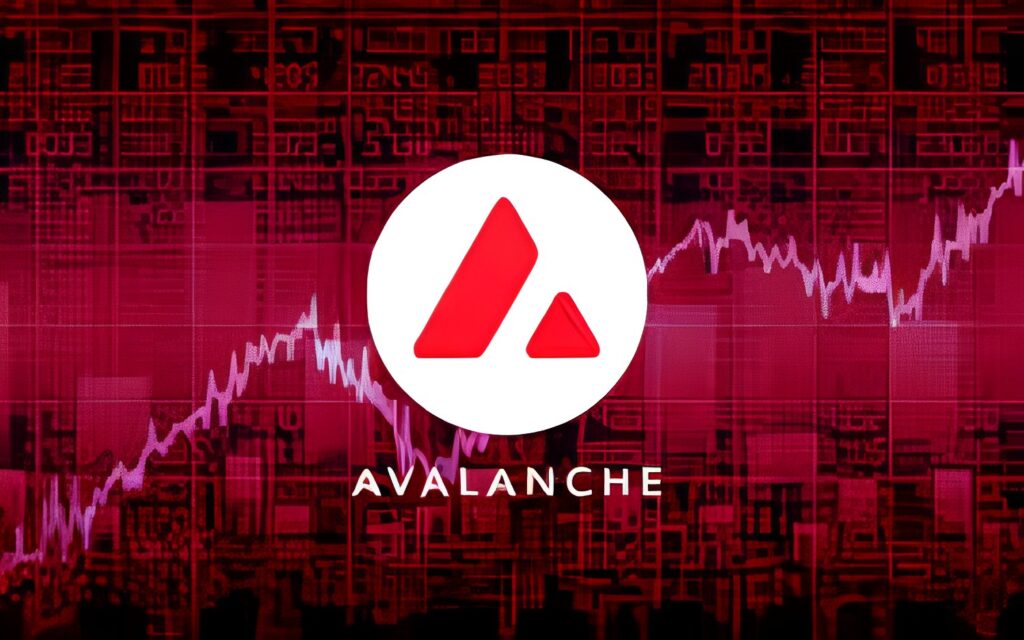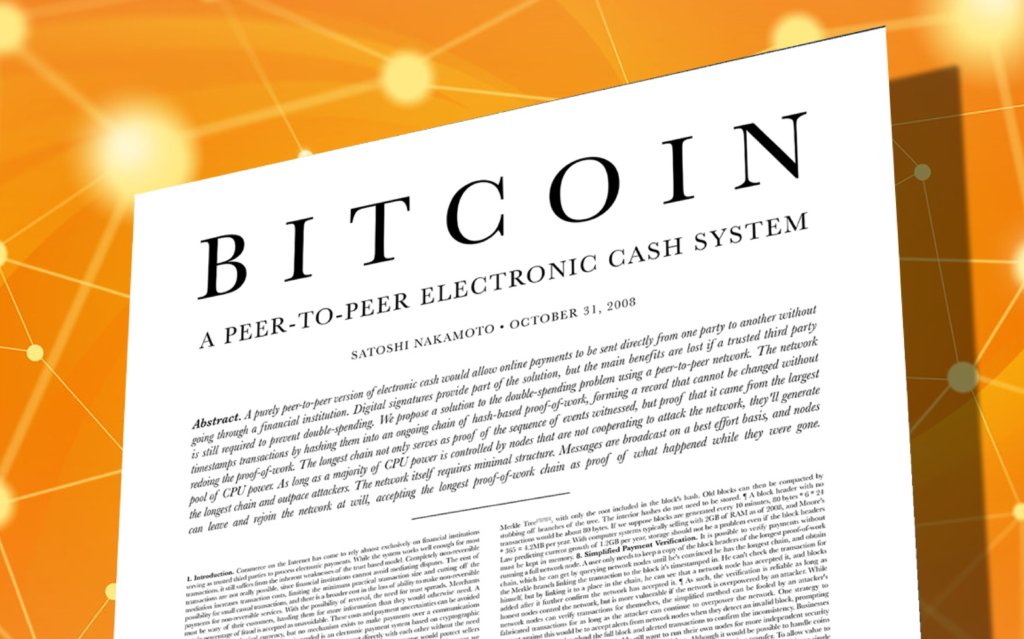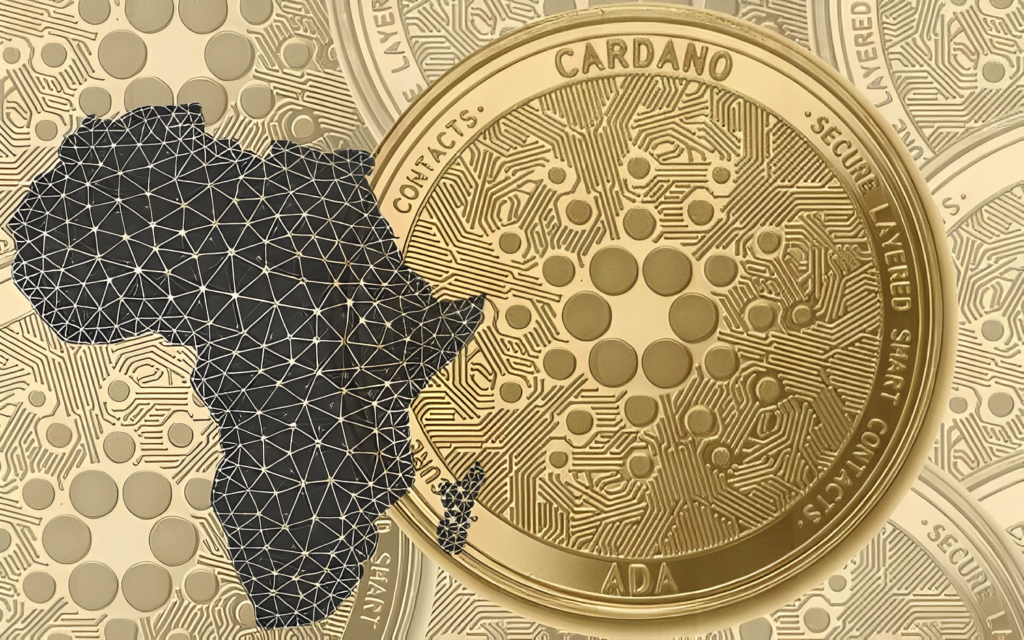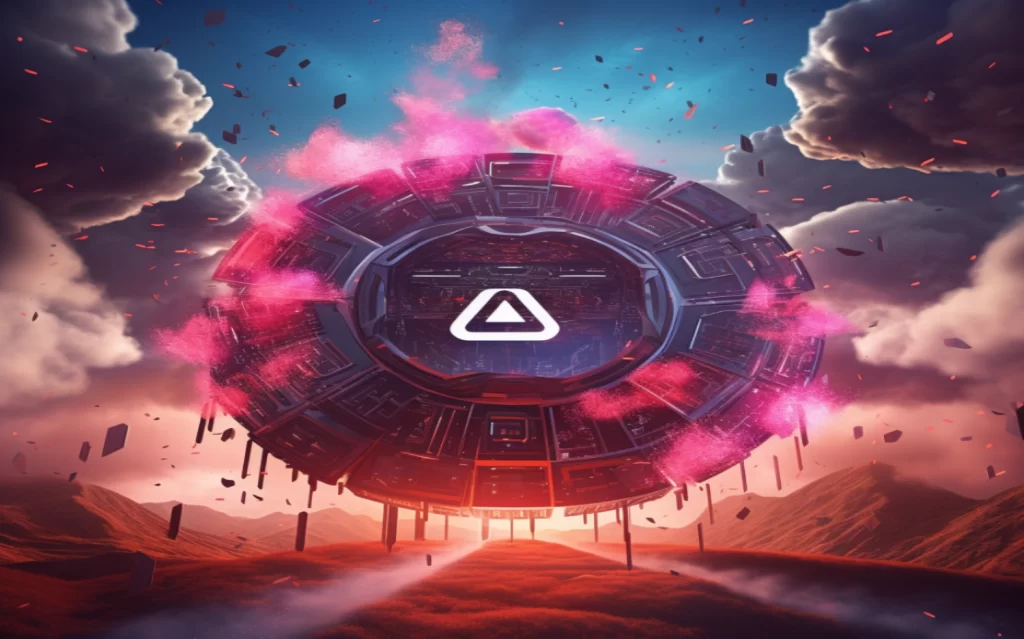The Enigma of Web3: An In-depth Disquisition

In contemporary discourse, Web3 has emerged as an incandescent subject, catalyzing a plethora of discussions. The technology has been subject to reproach from an array of critics, encompassing lawmakers, eco-warriors, centralized businesses, select physicists, and financial institutions. Contrariwise, tech-literate internet denizens have expressed an ebullient embrace of the potential of what they perceive to be a transformative shift. To cultivate a comprehensive understanding, it becomes incumbent to delve into the multifaceted viewpoints surrounding the matter.
A Succinct Unraveling of Web3
Web 1.0 facilitated users’ access to the vast digital repository of data, yet barred any interaction with it. Web 2.0 propelled users to be contributors to the web’s expansive content, fostering a participatory digital milieu. Web3, however, anchors on the notion of proprietorship, enabling users to assert ownership over their data via intricate blockchain networks.
The Boons of Web3
Safeguarding Data
Web3 aspires to vest users with sovereignty over their private information. Via the blockchain, users can claim ownership of their data and exercise discretion over its distribution. Data conveyance occurs under the veil of encryption, amplifying the security of personal information. Furthermore, the decentralized character of Web3 mitigates the risk of a centralized entity exerting unilateral control or manipulation.
A Streamlined Experience
The interoperability inherent to Web3 paves the way for the effortless amalgamation of assorted technologies, unlocking fresh prospects and bolstering synergy within the digital ecosystem’s stakeholders. Users can effortlessly and securely leverage novel applications and services while enjoying the robustness of distributed data storage.
Bolstered Security
Web3 enlists blockchain and cryptographic technologies to fortify data security and confidentiality. The blockchain’s inherent redundancy safeguards against system malfunctions, database corruption, and censorship. Additionally, user privacy is upheld, reducing the feasibility of identity pilfering to near negligible levels.
Fiscal Rewards
Web3 embraces native transactions (cryptocurrency), empowering users with absolute autonomy over their finances via decentralized finance (DeFi). Such transactions generally outpace and outperform their conventional banking counterparts in terms of speed and cost. Moreover, Web3 harbors the potential to revolutionize online economies and broaden financial access.

Advantages for Enterprises, Creatives, and Content Crafters
Web3 proffers a multitude of benefits to various vested parties:
- Enterprises can excise intermediaries, heighten competitive edge, and optimize customer interaction.
- Creatives can reclaim authorship of their works, forge direct bonds with their audience, and enjoy equitable compensation structures.
- Content crafters can express themselves unencumbered by the constraints of centralized platforms, engendering a more intimate rapport with their followers.
Digital Persona and Metaverses
Web3 offers users the ability to forge their digital identities, which can serve as unique identifiers across diverse platforms. Moreover, metaverses – immersive digital realms possessing their own micro-economies – can be birthed and sustained by Web3.

Reservations Regarding Web3
Despite its promising horizon, Web3 has elicited skepticism from notable tech luminaries, who voice apprehensions about its security, intricacy, ecological footprint, and regulatory conformity.
Security Perils
Detractors contend that Web3 carries inherent security vulnerabilities, as evinced by episodes of flawed coding in Ethereum smart contracts culminating in substantial financial casualties. Additionally, the technology has been co-opted for illicit pursuits such as narcotics trade and terror funding.
Intricacy
Web3 often appears overly convoluted to the lay public, stymieing widespread adoption. The technology seems to cater exclusively to the technically adept, with scant regard for the diversity in user competence.
Environmental and Monetary Expenditures
Web3 incurs significant tolls in terms of temporal, financial, and energy inputs. Even though strides have been made to mitigate environmental impact, critics maintain that the technology remains an environmental concern.
Legal and Confidentiality Quandaries
Web3’s immutability runs afoul of data protection regulations, as users are unable to modify or expunge their data. The absence of a centralized point of accountability complicates the assignment of responsibility in case of data breaches or other complications.
Misappropriation of Anonymity
The anonymity granted by Web3 has been weaponized to facilitate online harassment and disseminate disinformation. Critics further speculate that centralized metaverse developers, such as Meta, may persist in capitalizing on user data for profit.
Wrapping Up
The fate of Web3 hinges on its evolution and application. While it remains a nascent construct, it carries the promise of eliciting substantial shifts. However, numerous hurdles must be surmounted for it to achieve mainstream adoption and maturity. As with any innovation, it’s critical to recognize that it’s not the technology itself that’s inherently corruptible, but the individuals wielding it. The question of whether Web3 signifies an evolution or a revolution remains to be answered in due course.

Decentralization: The Crux of Web3
At its core, Web3 champions the tenet of decentralization. Liberating data from the clutches of centralized platforms, it shifts the axis of control to individual users. This transformative power balance makes Web3 a compelling proposition for a digital renaissance.
Consumer Empowerment
Web3 empowers users to become participants rather than mere consumers of the digital ecosystem. By asserting ownership over their data, individuals can influence the dynamics of the digital landscape. It heralds a new age where power dynamics are reimagined and users are no longer at the mercy of centralized platforms.
Pioneering Business Models
Web3 propels forward innovative business models that leverage the power of decentralization. Cryptocurrencies, Non-Fungible Tokens (NFTs), and Decentralized Autonomous Organizations (DAOs) all derive their existence from the principles underpinning Web3. Each heralds a new era of commerce, disrupting established norms and redefining what’s possible.
The Perennial Struggle: Progress Versus Preservation
As with all groundbreaking technologies, Web3 engenders a dichotomy between the proponents of progress and the advocates of preservation. The former relish the potential to disrupt entrenched systems, while the latter resist the erosion of established norms.
Technological Pioneers
Technological trailblazers hail Web3 as the harbinger of a new digital dawn, one that heralds a renaissance of user control, decentralized governance, and digital innovation. They envisage a world where technology serves the people rather than controlling them, a world in which Web3 is a catalyst for change.
The Traditional Guard
However, the traditional guard – banks, centralized corporations, and regulatory bodies – express apprehensions, raising concerns about the security, complexity, and environmental ramifications of Web3. They advocate for caution, wary of the repercussions of a hasty and unchecked embrace of this new technology.

The Crystal Ball: Prognostications for Web3
The future of Web3, like any emergent technology, remains shrouded in uncertainty. Its potential to revolutionize the digital landscape is undoubted, yet significant hurdles need to be surmounted. The nascent stage of Web3 is rife with both promise and peril. It falls to us to navigate these choppy waters with prudence and foresight.
Signing Off
Ultimately, Web3’s narrative will be written by its creators, users, and regulators. It is a story yet in its infancy, a tale that could lead us to a transformative digital frontier or a dystopian dead end. Its destiny remains ours to shape, a testament to our collective will, imagination, and resilience. In the final analysis, Web3 stands as an emblem of our capacity to dream, disrupt, and defy the odds.
Frequently Asked Questions about Web3
1. What Is the Core Proposition of Web3?
Web3 is predicated on the principle of user ownership and control over data. It facilitates a decentralization of the digital landscape, eschewing traditional centralized platforms in favor of a distributed, blockchain-based network.
2. How Does Web3 Empower Users?
Web3 offers users greater sovereignty over their digital presence. Users own their data, decide how to share it, and can participate in digital economies through DeFi (Decentralized Finance) systems. Furthermore, it enables users to establish unique digital identities and engage with immersive digital spaces called metaverses.
3. What Are Some Innovations Stemming from Web3?
Web3 has given rise to pioneering concepts like cryptocurrencies, Non-Fungible Tokens (NFTs), and Decentralized Autonomous Organizations (DAOs). Each of these represents a disruption of traditional norms and offers new avenues for commerce and interaction.
4. What Are Some Criticisms of Web3?
Despite its potential, Web3 has faced criticism related to its complexity, environmental impact, and potential security risks. Critics argue that its highly technical nature could deter mass adoption, and that its use of energy-intensive processes presents significant environmental concerns. Additionally, there have been concerns about the misuse of the technology for illicit activities.
5. What Does the Future Hold for Web3?
The future of Web3 remains in flux, with its destiny being shaped by ongoing development, user adoption, and regulatory decisions. It possesses the potential to bring about significant shifts in the digital landscape, but many challenges need to be surmounted for it to mature into a widely adopted technology.
6. How Does Web3 Impact Businesses and Content Creators?
Web3 opens up new avenues for businesses, artists, and content creators. It allows businesses to bypass intermediaries, artists to regain control over their work, and content creators to communicate directly with their audiences. This has the potential to radically alter the traditional business and creative landscapes.





